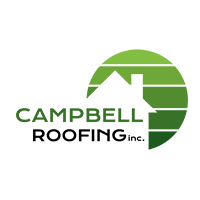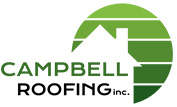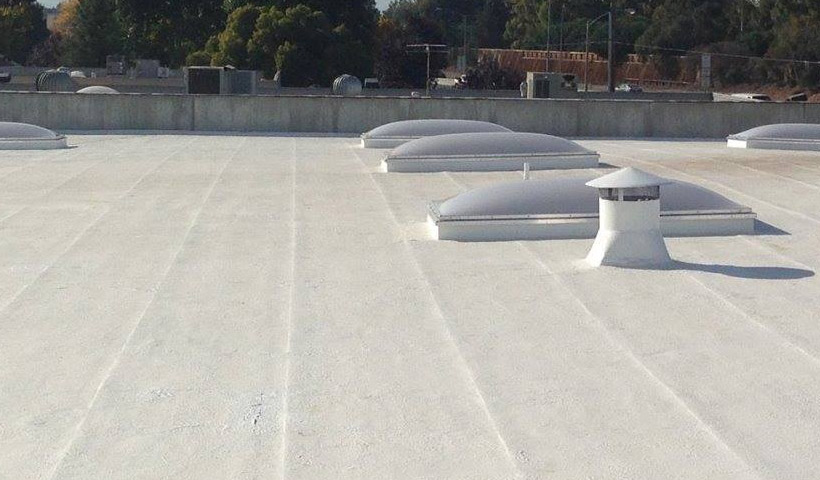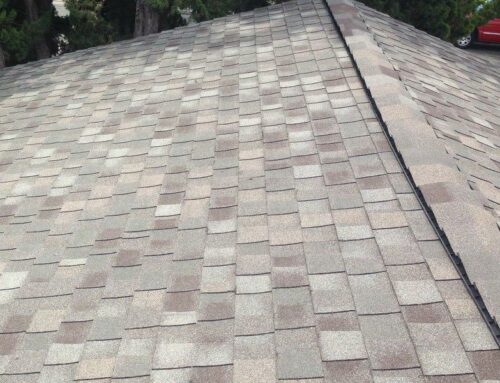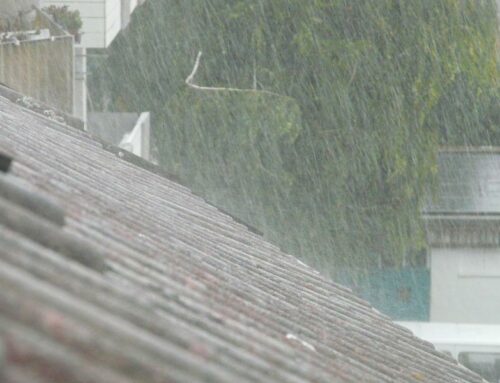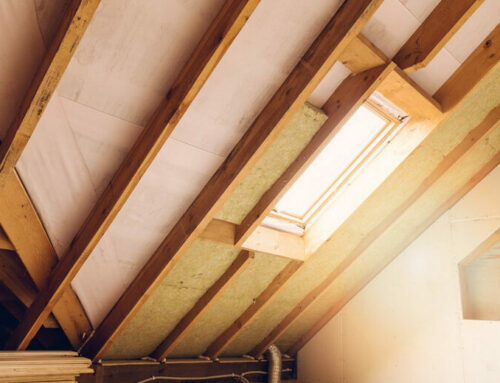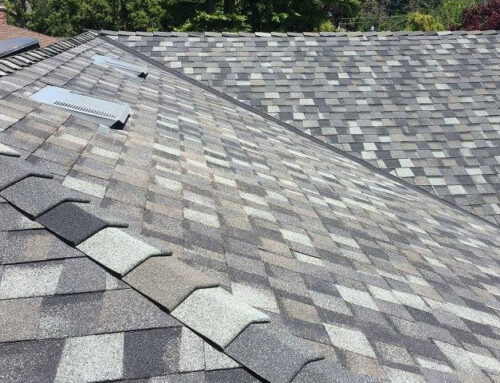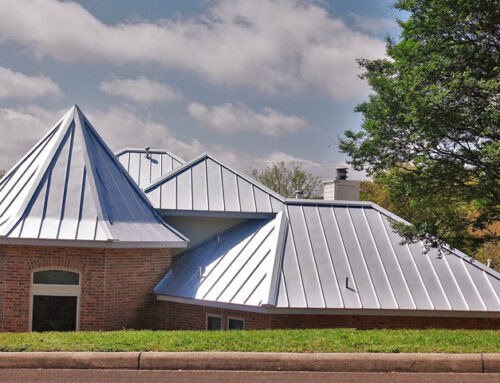On a commercial building, flat roofs are often included as a matter of efficiency. On such broad buildings, including a sloped roof would require a very large amount of materials, and the weight of the pitched roof might also be design-prohibitive. It is more cost-effective and more convenient to install flat roofs instead. As a bonus, these roofs are more energy-efficient than their pitched counterparts.
Due to better materials for insulation and reflection, and less space in the roof itself, flat roofs absorb less heat in the summer and retain more heat in the winter. However, great performance isn’t guaranteed. If you are interested in maximizing the energy efficiency of your flat roof, there are some things you should know.
Insulation Quality
In general, the insulation in a flat roof will outperform insulation in a pitched roof simply due to installation and type. Pitched roofs have cavity roofing, where an insulation material is stuffed into a cavity in the building. Flat roofing has rigid insulation, made of sheets or stiff material, which does not have any gaps. Without gaps, the insulation performs better. Never mind that rigid boards also have better R-values (or better thermal resistance) than other forms of insulation.
If you want to maximize the energy efficiency of your flat roof, then it is wise to choose an insulation product with a better (or higher) R-value. So long as this insulation can be properly integrated with the specific roof system you have chosen. Certainly, avoid roofers who offer you quotes for roofs without insulation, as this mistake will end up significantly impacting the performance of your roof.
Cool Roofs
Cool roofs are roofs that are designed to reflect more of the sun’s energy, which means that the roof and the building absorb less heat. Roofing manufacturers can add treatments to their top or cap sheet to increase reflection. Typically, these treatments make the whole roof white (although recent technology has allowed manufacturers to make cool roofing products in other colors.)
A cool roof may help you spend less money on utilities keeping your commercial property cool during the summer. Your local government may also offer rebates when you purchase cool roofing products, as they help reduce the overall energy requirements of the city, especially during peak hours.
Green Roofs
Another energy-efficient option for your flat roof is a green roof. This is a roof that can support plant life. As you would imagine, these are heavy and expensive roofs as they need multiple layers of roofing material as well as soil in order to both prevent leaks in the building and enable the growth of plants. Intensive roofs have more room for soil, and extensive green roofs have a thinner layer of soil and can only support small plants.
These roofs are highly energy efficient and can also help your organization support other environmental causes, like the promotion of native plant species, urban food growing, support bees and other insect life, and much more.
However, for most buildings, the most cost-effective flat roof with high-quality insulation will meet your energy efficiency expectations.
The Bottom Line
Like everything else in life, the answer is “it depends.” But if you choose the right flat roofing system, everyone from Modernize.com to Energy.gov agrees that it can significantly lower your energy costs, especially with high quality insulation.
Interested in reducing your heating and cooling costs? Contact us today to speak with a roofer, or to get a bid on a new installation.
